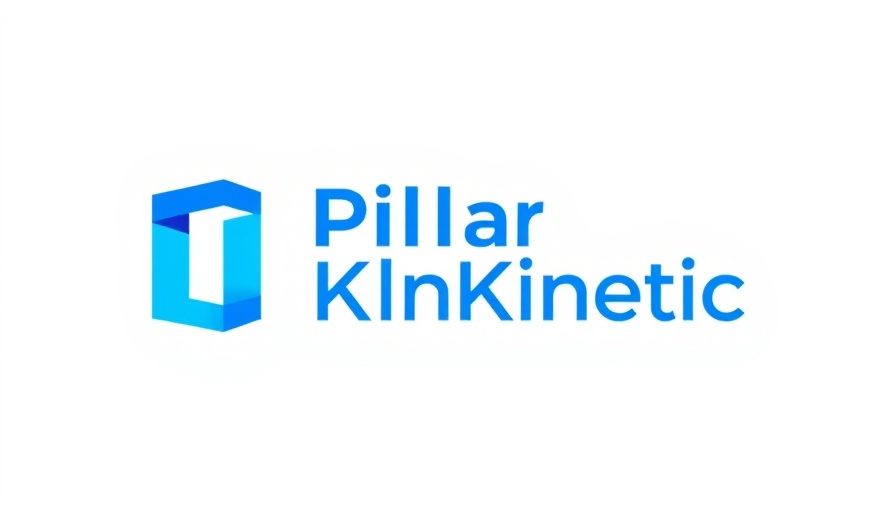
Specialized Recovery for Athletes: Why It Matters
Athletes pushing their limits are no strangers to injury, but with tailored recovery services, they can bounce back stronger than before. Pillar Kinetic in Las Vegas stands out by offering a specialized sports medicine program designed specifically for the athletic community. By employing comprehensive rehabilitation strategies, the clinic enables athletes to not only recover from injuries but to advance their performance on future endeavors.
The Unique Challenges of Athlete Recovery
The journey of an athlete recovering from an injury can be daunting. It often requires more than just healing; athletes must regain their former levels of performance. As Dr. Joseph White from Pillar Kinetic explains, traditional rehabilitation methods fall short without a sport-specific approach. Their individualized plans focus on advancing strength training and flexibility conditioning, essential to overcoming hurdles that athletes experience during recovery.
Comprehensive Treatment: The Three-Step Process
Pillar Kinetic employs a systematic and effective three-step process to address a range of injuries, from acute sprains to chronic conditions. This method involves:
- Reducing Symptoms: Immediate strategies to relieve pain and minimize further injury.
- Identifying Root Causes: Understanding the underlying issues that led to the injury in the first place.
- Implementing Targeted Interventions: Utilizing tailored therapies designed to restore athletic function and enhance performance.
This comprehensive care strategy echoes insights from other sports rehabilitation clinics, such as Brooks Rehabilitation, which highlights the importance of personalized approaches and injury prevention education. With both clinics focusing on recovery and performance, athletes emerge not only healed but equipped with knowledge to maintain their physical well-being.
Advanced Techniques for Effective Recovery
Pillar Kinetic is equipped with modern technologies and techniques to streamline rehabilitation processes. Specialized offerings like blood flow restriction training and video biomechanical analysis allow therapists to tailor sessions to athletes' unique needs. These advanced methods are crucial in working towards preventing long-term complications and ensuring a safe return to sport.
Beyond the Court: Holistic Healing Approaches
The clinic’s services go beyond typical sports injuries. Programs catering to pelvic floor health and prenatal care exemplify a holistic view of physical therapy. By integrating these various branches of care, Pillar Kinetic addresses the complete spectrum of health challenges faced by active individuals.
Building Lasting Relationships: Athlete Education and Engagement
Education remains an essential element in the recovery process. Athletes are empowered with knowledge about effective warm-up techniques and sports safety protocols, which can significantly reduce future injury risks. As noted by Dr. White, understanding biomechanics and proper movement patterns elevates overall athletic performance while minimizing hazards related to the sport.
Taking Action: Connect with Specialist Services
Pillar Kinetic encourages individuals in the Northwest and Summerlin areas of Las Vegas to take advantage of their specialized services. The clinic offers new patients a complimentary 15-minute consultation, a perfect entry point for those looking to enhance their recovery and performance metrics.
Conclusion: Prioritize Your Recovery
In conclusion, the experience and expertise provided by clinics like Pillar Kinetic pave the way for athletes to understand their recovery, educate themselves about injury prevention, and achieve optimal performance. Every athlete deserves access to quality care that not only heals but maximizes their potential. If you’re an athlete ready to invest in your health, reach out to Pillar Kinetic today and discover how tailored recovery services can elevate your game.
 Add Row
Add Row  Add
Add 




Write A Comment